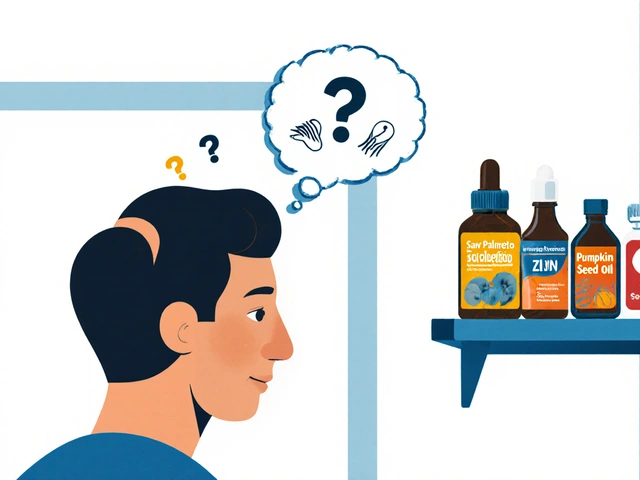SGLT2 Inhibitors: What They Are and How They Help
If you’ve heard doctors talk about a new class of diabetes pills called SGLT2 inhibitors, you might wonder what all the buzz is about. In simple terms, these drugs help the kidneys dump extra sugar into the urine, which lowers blood sugar without needing a lot of insulin. That basic action also means you lose a bit of water weight and your heart gets a break. Below we break down how they work, who can benefit, and what to watch out for.
How SGLT2 Inhibitors Work
The kidneys filter blood and re‑absorb glucose through a protein called SGLT2. When a drug blocks this protein, the kidney lets glucose flow out with urine. Because the sugar is gone, blood glucose levels drop. This happens whether you eat carbs or not, so you get steady control without big swings.
While the main goal is better sugar control, the extra glucose loss also pulls water and salt, which can lower blood pressure. That’s why many patients see a modest drop in BP and a small weight loss of 2‑4 kg over a few months. The heart benefits are a bonus – studies show lower risk of hospitalization for heart failure and even a slower progression of kidney disease.
Who Should Consider an SGLT2 Inhibitor
People with type 2 diabetes who need better glucose control and want added heart or kidney protection are prime candidates. If you’ve been on metformin and still have high A1C, your doctor might add an SGLT2 inhibitor.
Even if you don’t have diabetes, the drugs are now approved for heart failure with reduced ejection fraction and for chronic kidney disease, regardless of sugar levels. So anyone with those conditions could benefit, but only under a doctor’s guidance.
Before starting, your doctor will check your kidney function (eGFR). If it’s too low, the medication may not work well. They’ll also review any history of urinary infections, because the sugar in urine can encourage those.
Common side effects are mild: occasional yeast infections, urinary tract infections, or increased urination. Stay hydrated, and let your doctor know if you notice any pain or fever. Rarely, a serious condition called ketoacidosis can happen even with normal sugars – watch for nausea, vomiting, or belly pain and seek help fast.
In practice, most people tolerate the drugs well and enjoy the extra weight loss and lower blood pressure. If you’re on a diuretic or have low blood pressure, your doctor may adjust doses to avoid dizziness.
Bottom line: SGLT2 inhibitors are a handy tool that does more than just lower sugar. They protect the heart, ease the kidneys, and help shed a few pounds. Talk to your healthcare provider about whether they fit into your plan, and keep an eye on any side effects. With the right monitoring, these pills can make a real difference in everyday health.
13 November 2025
Tessa Marley
SGLT2 inhibitors help lower blood sugar and protect the heart and kidneys, but they can cause dehydration, dizziness, and low blood pressure. Learn who’s at risk and how to stay safe while taking these diabetes drugs.
Continue Reading...
12 July 2025
Tessa Marley
Tired of Lasix side effects? Learn about safer, effective alternatives for edema relief, like thiazides, potassium-sparing diuretics, and SGLT2 inhibitors.
Continue Reading...







